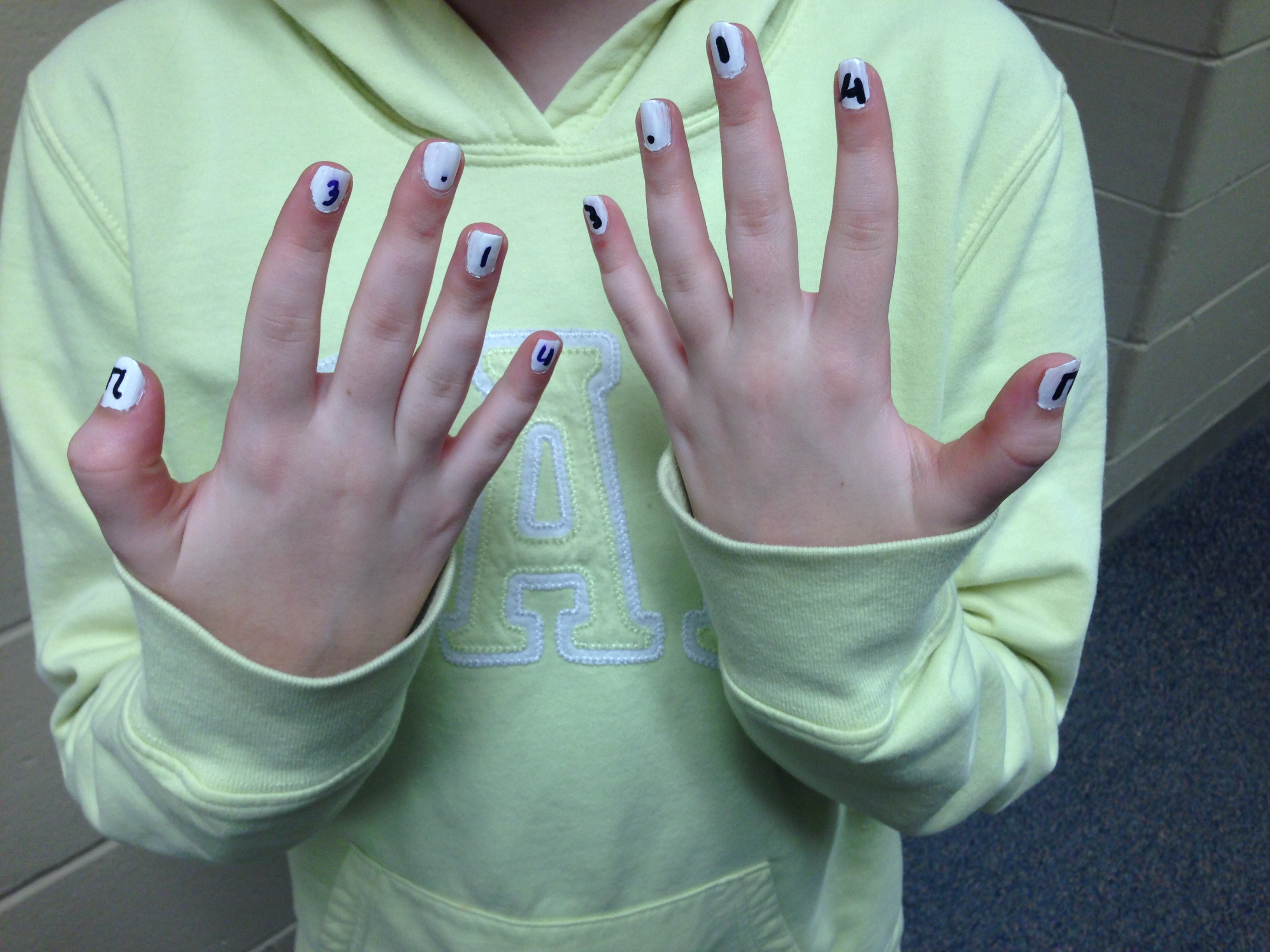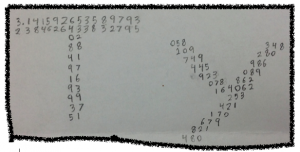January 8-19: Qualifying Geography, Science, and History Bee Tests (taken in Science, History/Social Studies Class)
Friday, Feb. 9: Mad Hatter Quiz Bowl at ESU 3
Friday, Feb. 9: Science of Pour Painting and Printmaking
Saturday, February 10: Marian High School Math Contest (girls only)
Monday, February 12: WMS History Bee (Warrior Time)
Tuesday, February 13: WMS Geography Bee (Warrior Time)
Friday, February 16: WMS Science Bee (Warrior Time)
Friday, February 23: Virginia Frank Memorial Writing Contest due
Friday, April 19: Thinking Cap Quiz Bowl Competition
Tuesday, May 7: Extreme Math at ESU 3
Friday, May 10: Middle School Battle of the Books at ESU 3
*****
Thursday-Saturday, September 28-30: Code Crush at UNO for 8th Grade Girls Only
Friday, October 6: Mixed Media Grunge Cake Art Seminar with Julie Fjell (12pm – 3pm)
Tuesday, Oct. 10: Middle School Science Olympiad at Gifford Farm
Week of October 23: Qualifying Spelling Test in ELA Classes
Friday, October 27: NPR Podcast Challenge Workshop
Wednesday, November 1: Deadline for Spooky Saga Creative Writing Contest
Friday, November 17: Thinking Cap Quiz Bowl Competition (9th Period & Warrior Time)
Monday, November 27: WMS Spelling Bee
Thursday, November 30: WE-SIDE Contests due
Friday, December 15: District Spelling Bee at WMS
Friday, December 15: The Stars and Stripes Forever Essay Contest due
 Scientists never thought that dinosaurs lived in the Arctic and Antarctic. But they were wrong! In the 1960s we started discovering dinosaur remains in these harsh environments.
Scientists never thought that dinosaurs lived in the Arctic and Antarctic. But they were wrong! In the 1960s we started discovering dinosaur remains in these harsh environments.



 Make a tiny a football game with goal posts that you can play with your friends. Materials needed for your game: One piece of paper!
Make a tiny a football game with goal posts that you can play with your friends. Materials needed for your game: One piece of paper!



 The twilight zone is a layer of water that stretches around the globe, just beyond the reach of sunlight and beyond the limit of photosynthesis in the ocean. Learn about this outrageous place in this mini spark.
The twilight zone is a layer of water that stretches around the globe, just beyond the reach of sunlight and beyond the limit of photosynthesis in the ocean. Learn about this outrageous place in this mini spark. Explore the engineering innovations that made the construction of Burj Khalifa, the world’s tallest skyscraper, possible. Notably, it stands at a height of 828 meters (2,717 feet) and features a unique Y-shaped design that enhances stability and reduces wind forces.
Explore the engineering innovations that made the construction of Burj Khalifa, the world’s tallest skyscraper, possible. Notably, it stands at a height of 828 meters (2,717 feet) and features a unique Y-shaped design that enhances stability and reduces wind forces.





